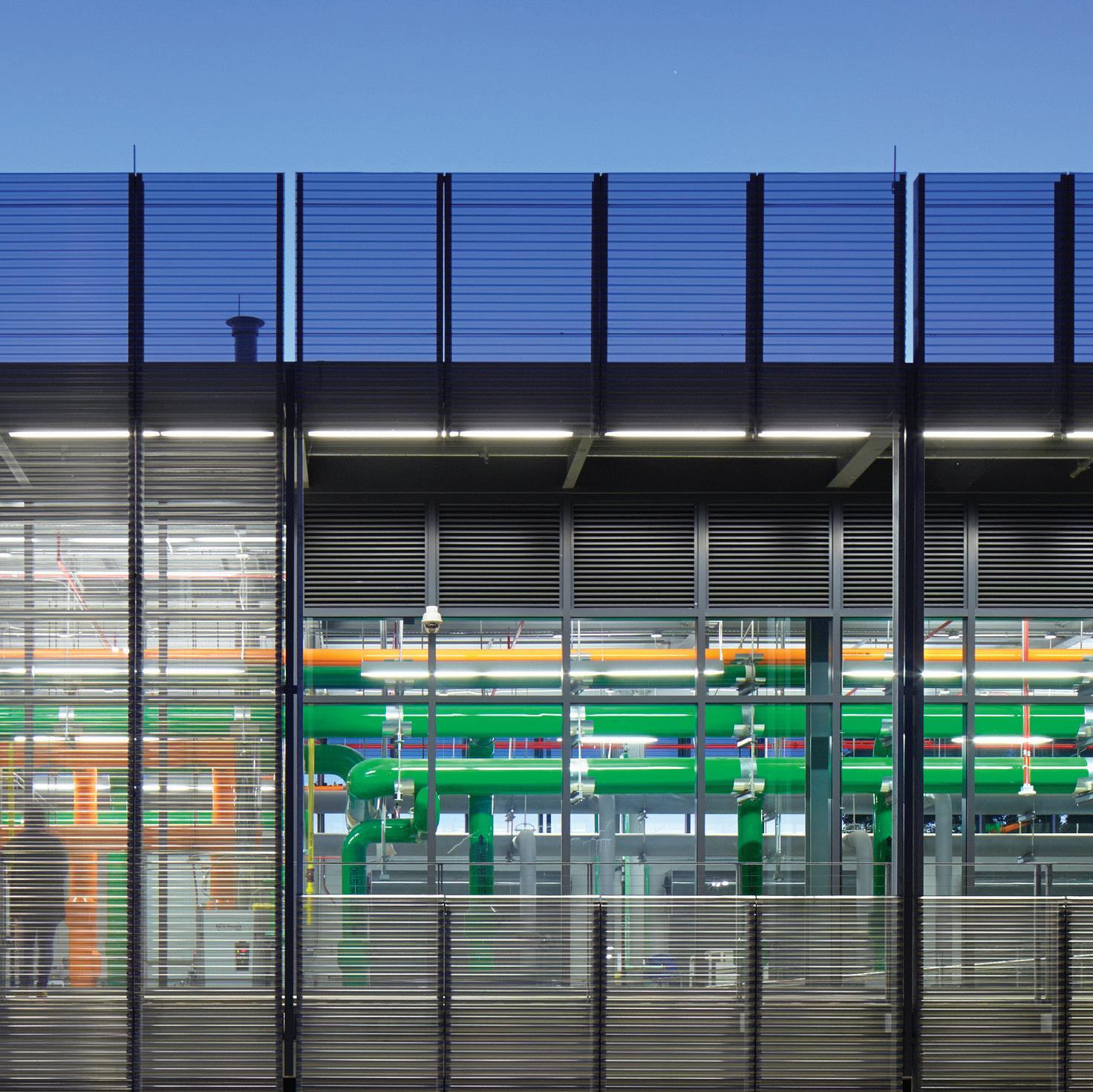
1 minute read
EXECUTIVE SUMMARY
Our Sustainability Design Report captures key progress from the last year, highlighting our efforts to reduce operational and embodied carbon and deliver projects that are sustainable and resilient. Over the last year, we have implemented the tools and systems we developed and have seen significant growth in engagement and use. The insights gained from our people have enabled us to refine these tools and further develop initiatives such as our internal system for specifying low carbon materials and structural systems.
The following pages detail how we are applying integrated design to improve project performance and reduce our impact on the environment. We are prioritizing the reduction of both embodied carbon and operational carbon emissions while maintaining a holistic view of sustainable design that addresses water, materials, and habitat, in addition to energy.
Our 2022 commitment to the Structural Engineering 2050 Challenge has inspired new levels of interdisciplinary collaboration between our architects and structural engineers. As we reduce embodied carbon in our designs, we are sharing best practices, expanding the use of Tally and EC3, and increasing our application of lifecycle analyses that identify low carbon impact materials.
We continue to believe that data and analysis are critical to improving project performance. Across architectural and engineering disciplines, we are working together to track performance metrics, improve individual and team knowledge, and share lessons learned. CNCPT, Clark Nexsen’s practice technology collaborative, has developed a Project Information Database that leverages these metrics and provides real-time insight into our progress.
We believe the passion of our people coupled with effective tools and systems is a springboard for achieving a carbon-neutral portfolio by 2030. While there is much more work to be done, we look forward to the challenge of designing for a healthier, more sustainable future.
Why Integrated Design?
Integrated Design defines our approach to continuously elevating the performance of our projects. We see sustainable design as inherent in our vision to discover and shape ideas that transform the world. By leveraging our interdisciplinary practice to capitalize on the intersections between disciplines, we share expertise, gain new insights, and uncover innovative solutions to meet the challenges of sustainability and resilience. Our architects, engineers, interior designers, and support professionals serve a wide range of industries including federal, higher education, K-12, commercial, industrial, transportation, and infrastructure.










